Are you a food photographer looking for the perfect backdrop to capture your culinary creations? Creating a backdrop for food photography can be a daunting task, but with a few simple tips and tricks, you can create a setting that will make your dishes stand out. From choosing the right colours to understanding lighting, we'll cover everything you need to know to create a stunning backdrop for food photography.
Layering Backdrops
Layering different colors and textures is an easy way to add depth and dimension to your photos. You can use paper, fabric, or even real objects like flowers and plants to layer your backdrop. To create a layered backdrop, start by setting the foundation with a solid color or texture.This will give your photo a base to work from. Next, choose a few additional colors and textures to layer on top. You can use different shades of the same color, or even contrasting colors for a more dynamic look. A great way to create a layered effect is to use different materials. For example, if you want a bright and airy feel, try using a light-colored paper as the foundation and layer it with fabric and real objects like flowers.
On the other hand, if you want a darker, moodier feel, try using a darker material like burlap as the base and layer it with wood or stone. When layering backdrops, it's important to keep in mind that less is often more. Try not to go overboard with the layering effect – too many layers will make your photo look busy and cluttered. Instead, focus on creating subtle layers that will add interest without taking away from the food itself.
Using Props
Props are a great way to add interest and texture to your food photography. Dishes, napkins, utensils, and other small items that complement the dish you’re photographing can be used to create a more interesting and dynamic image.Try different combinations of items and colors to find what works best for your particular shot. When selecting props, be sure to keep the composition of the photo in mind and avoid cluttering the frame. Also, consider adding in a few props that are unexpected – like a sprig of fresh herbs or a colorful spoon – to make your photos stand out.
Using Lighting
Using lights strategically can add drama and depth to your food photography. It is important to choose the right lighting, depending on the desired look you are trying to achieve.Natural light can be great for capturing an authentic, ‘just-cooked’ look. However, if you want to create a more surreal or moody atmosphere, consider adding artificial lighting. You can experiment with different angles and intensities to see what works best. You can also experiment with colored lights to create interesting effects. To create depth in your photos, use a directional light source such as a spotlight or a lamp.
This will help to separate the subject from the background, making the image more interesting and dynamic. Additionally, try using a reflector to bounce light onto the food. This will help to create highlights and shadows that will make the dish look more appetizing.
Using Household Objects
Using Household ObjectsCreating a backdrop for food photography does not have to be expensive or complicated. Try experimenting with objects from around your home to create an interesting backdrop for your food photography.From bookshelves to curtains to bedroom pillows, there are countless options that can bring a unique look and feel to your photos. If you are feeling creative, you can also create a backdrop from scratch by painting a large canvas or hanging up a fabric. Using household items as backdrops can be a great way to add texture and depth to your food photography. For example, a stack of books can make an interesting pattern, while a vase of flowers can add a touch of color. A few well-placed items can instantly transform an ordinary photo into something special.
So don’t be afraid to get creative and experiment with different combinations of household items. Creating a backdrop for food photography is an important part of capturing the perfect shot. From using props and layering backdrops to utilizing household objects and lighting, there are many ways to create a stunning backdrop that will take your photos to the next level. By considering colors, textures, shapes, and lighting, you can create a backdrop that will make your food photography stand out.

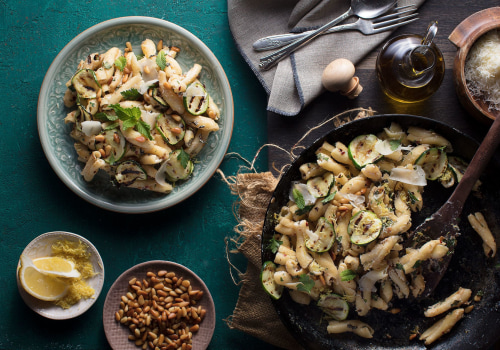
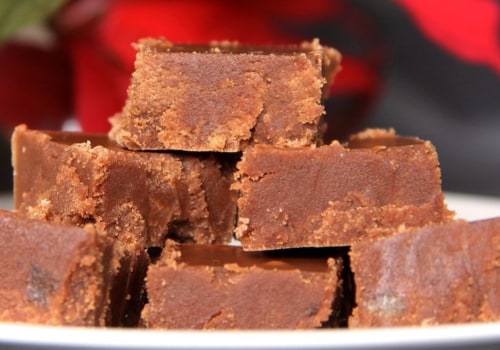
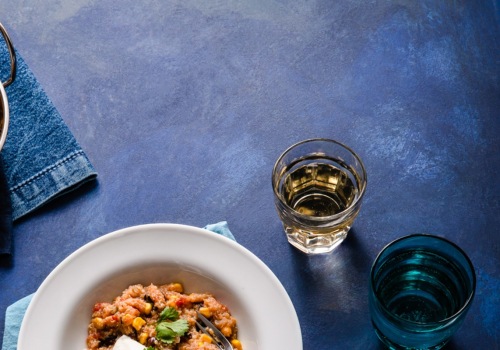
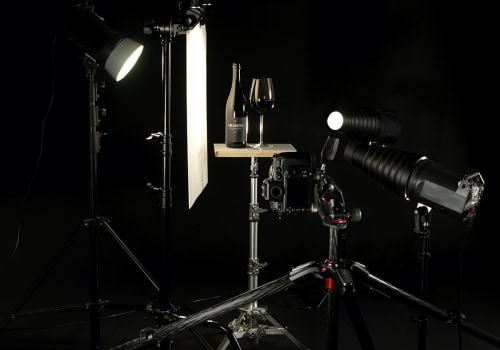
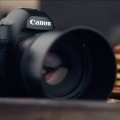
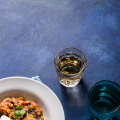
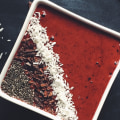
Leave a Comment